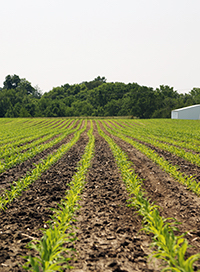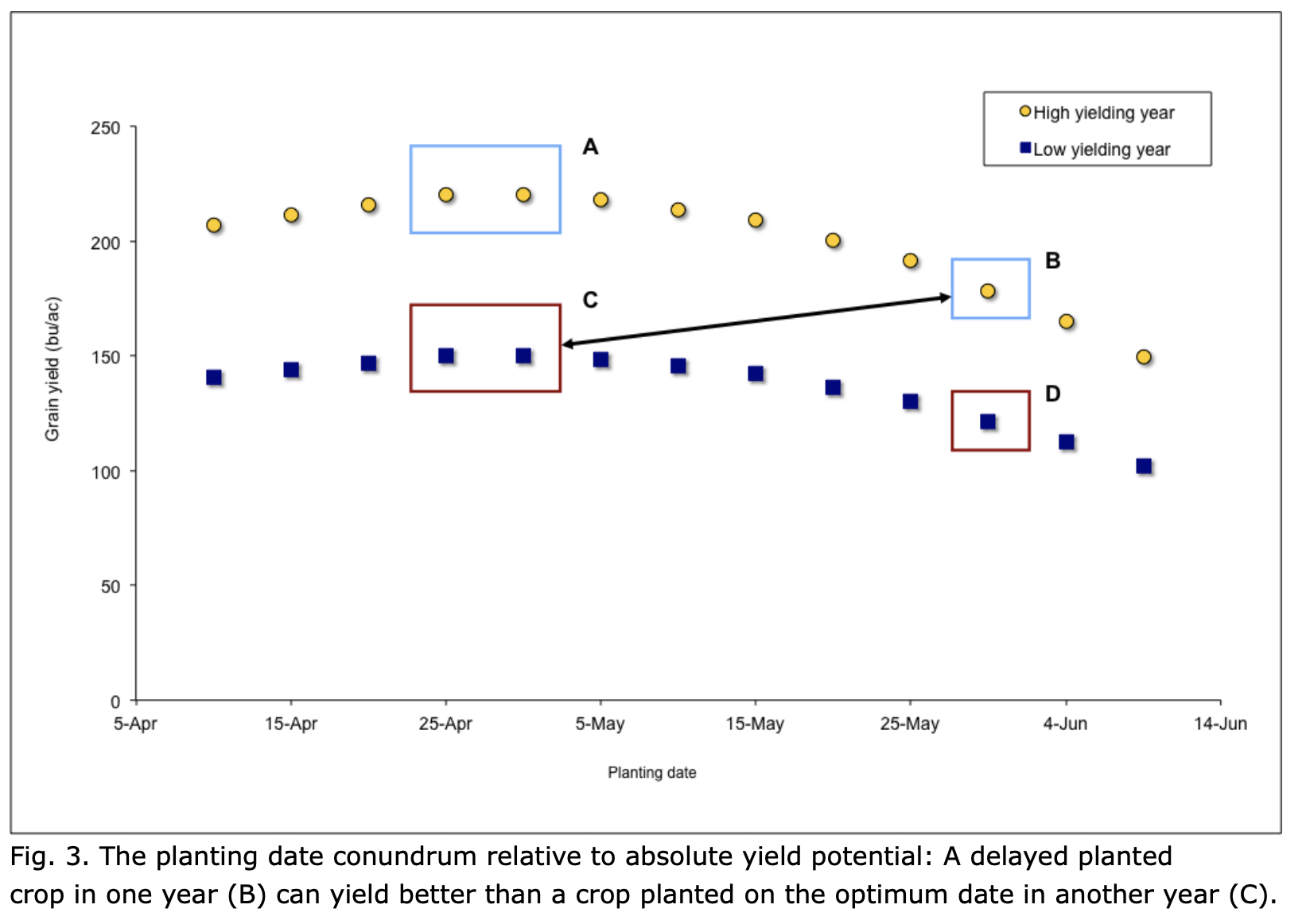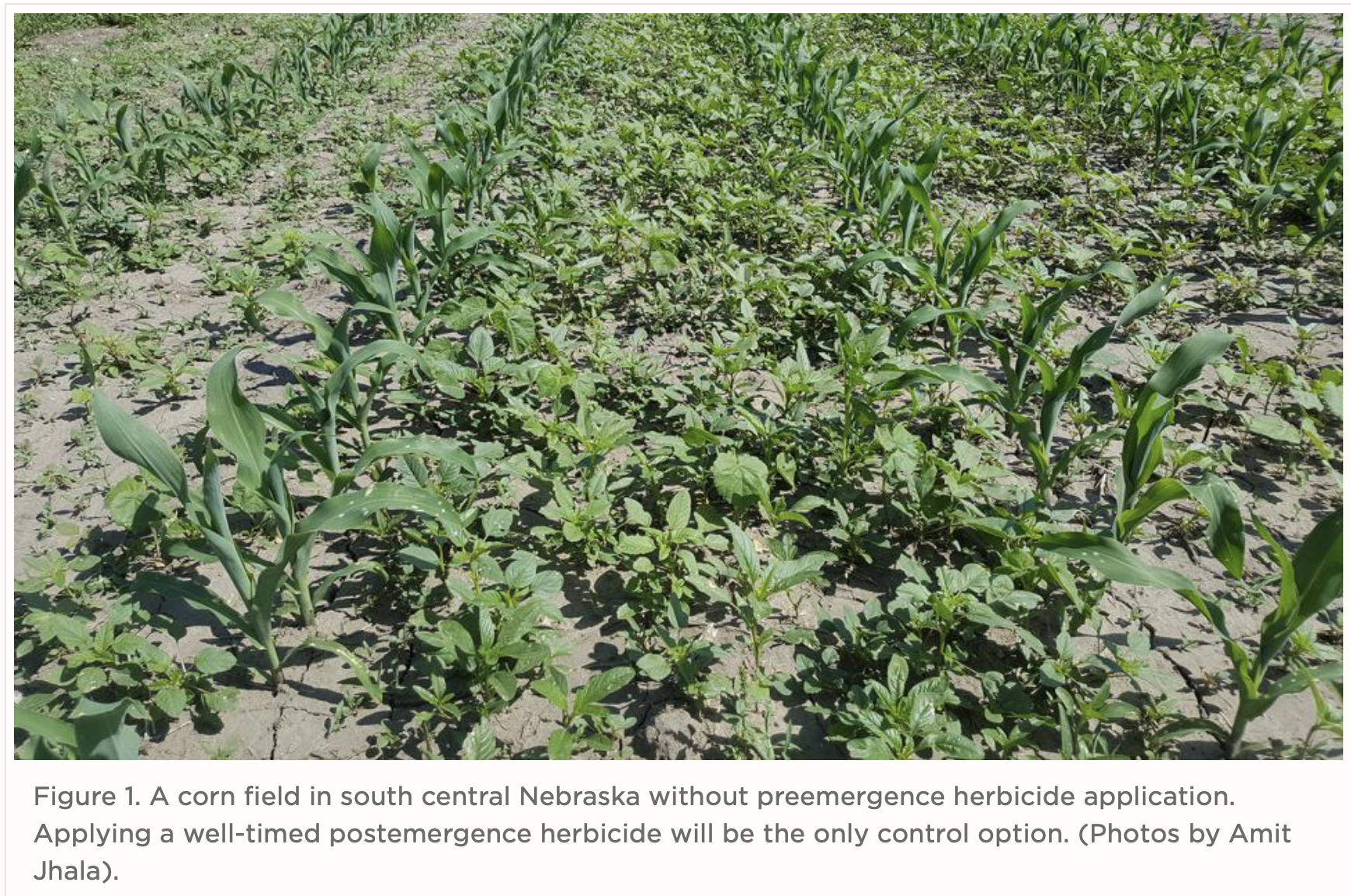 What is early planted corn? The definition depends on your planting window, weather and aversion to risk. Research-proven tactics like waiting until the soil temperature is 50 degrees and climbing and planting down to the soil moisture depth help achieve quicker and more even emergence—barring prolonged cold, wet weather after planting.
What is early planted corn? The definition depends on your planting window, weather and aversion to risk. Research-proven tactics like waiting until the soil temperature is 50 degrees and climbing and planting down to the soil moisture depth help achieve quicker and more even emergence—barring prolonged cold, wet weather after planting.
Weeds, on the other hand, seem to grow no matter the weather. University of Nebraska Extension weed management specialist Amit Jhala says early planting of corn will help to stay ahead of summer annual weeds that typically start emerging in May.
Careful planning and scouting of fields chosen for early planting is a must. Jhala reminds growers that if winter annual weeds are present, apply burndown herbicides a couple of weeks before planting corn because certain burndown herbicides have a preplant interval.
“For example, if 2,4-D (4 pounds per gallon product) is applied at or less than 16 fluid ounces per acre, the planting interval should be seven days; if more than a 16 fluid ounces per acre rate is applied, corn planting interval should be 14 days,” he says.
Weed species identification is also critical, especially concerning herbicide resistance. Catching weeds like kochia, giant ragweed and horseweed (marestail) early—less than 6 inches tall—and using multiple modes of residual action can help provide a cleaner field at planting. “Numerous populations of these species have evolved resistance to glyphosate and other active ingredients," adds Jhala.
Fluctuating day and night temperatures in early spring can impact weed control. Spring daytime temperatures above 55 degrees F and sunny, with nights above freezing, will improve herbicide effectiveness. Extended periods below 40 degrees may warrant an herbicide rate increase or an additional tank-mix partner.
Preemerge Strategies
If burndown herbicides are not used or weather halted or prevented application, preplant or preemergence control tactics become essential in corn, so early weeds don’t steal yield.
“Preemergence herbicides with multiple modes of action will be critically important for control of early emerging weeds such as Palmer amaranth and waterhemp,” Jhala says.
When applying preemergence herbicides early, Jhala says to pay attention to the labels. “Depending on which preemergence herbicides are used, efficacy will reduce after about three to five weeks. Scout the field and apply postemergence herbicides when weeds are less than six inches tall.”
The other aspect to watch for on labels is the potential for crop injury. “If applied as per label directions, herbicides do not cause corn injury. However, injury can occur after applying residual preemergence herbicide when the weather is unusual—such as flooded areas or long periods of cold soil temperature,” he adds.
Corn growth stage or plant height restrictions should also be examined, scheduling application based on the most restrictive label in a tankmix. Switching to drop nozzles in taller corn avoids herbicides getting into the whorl, allowing for better weed control and crop safety.
Content Provided by DTN/Progressive Farmer
The More You Grow
Find expert insights on agronomics, crop protection, farm operations and more.

